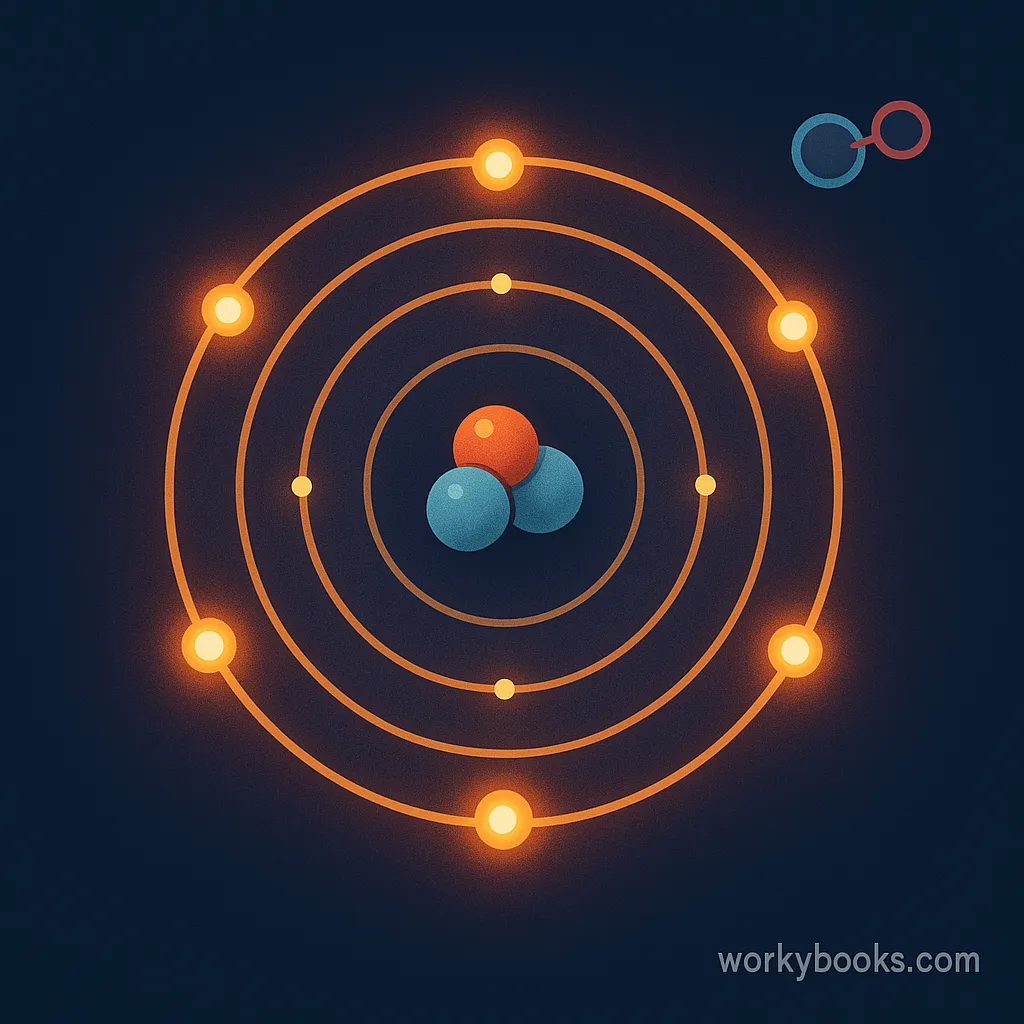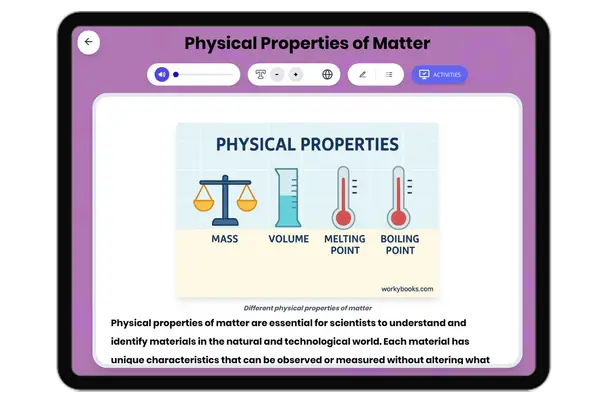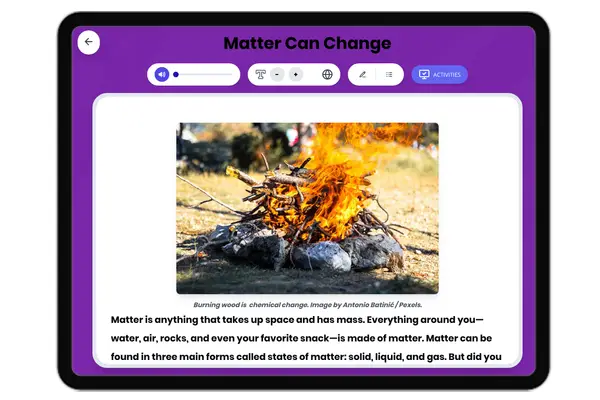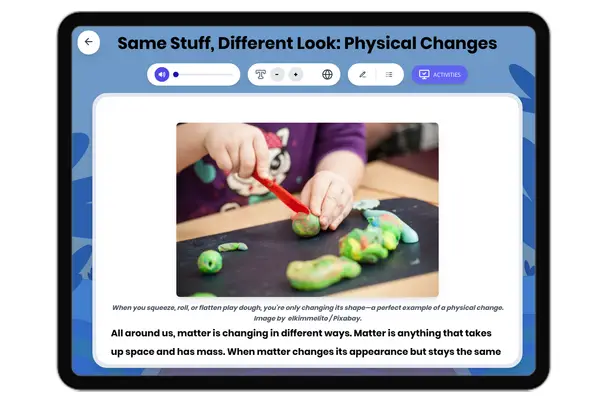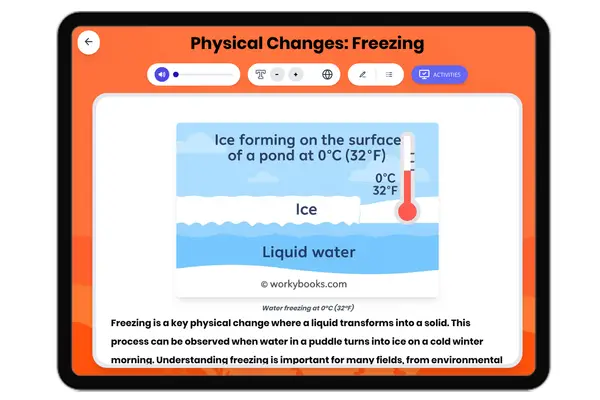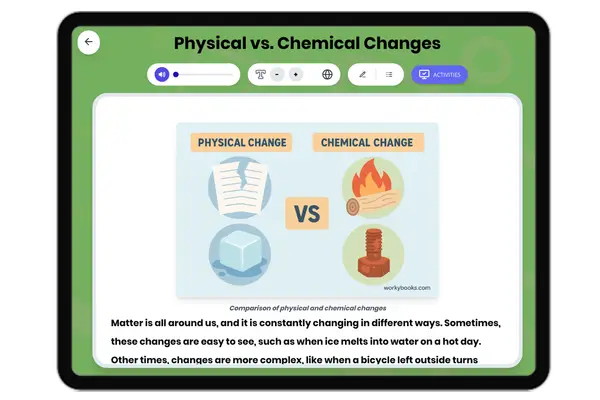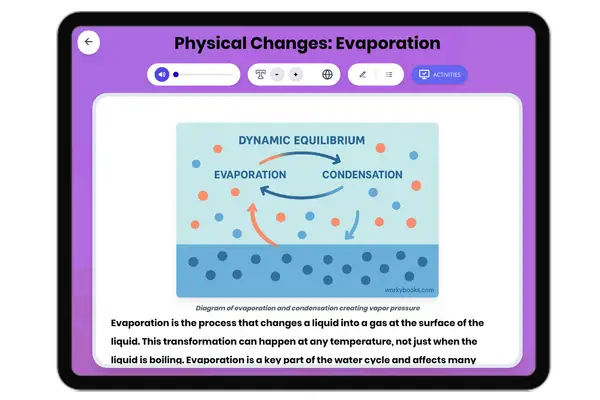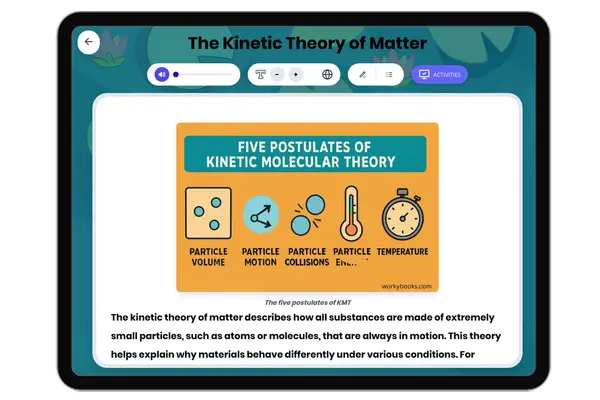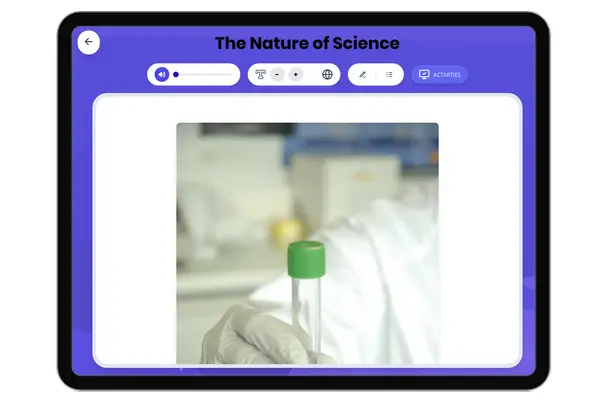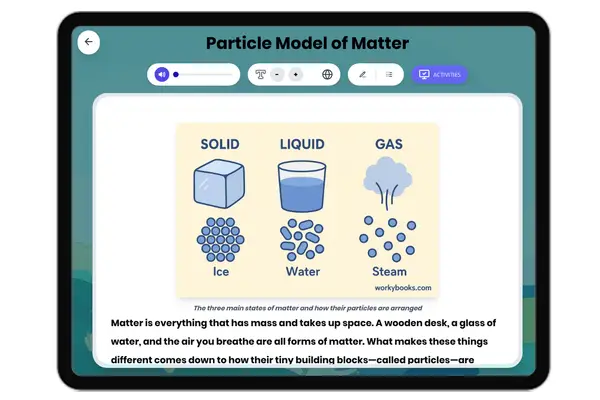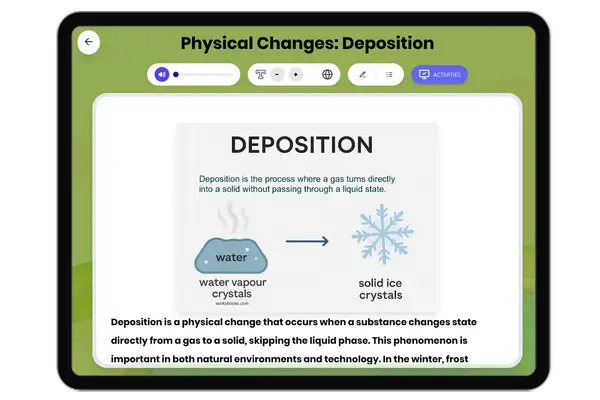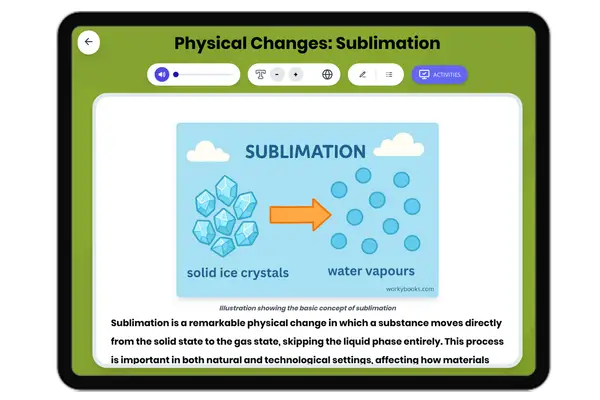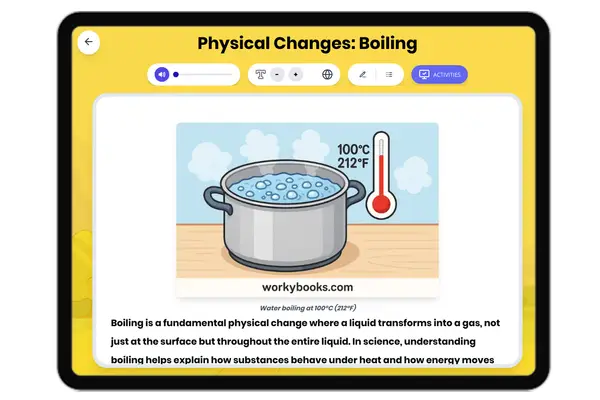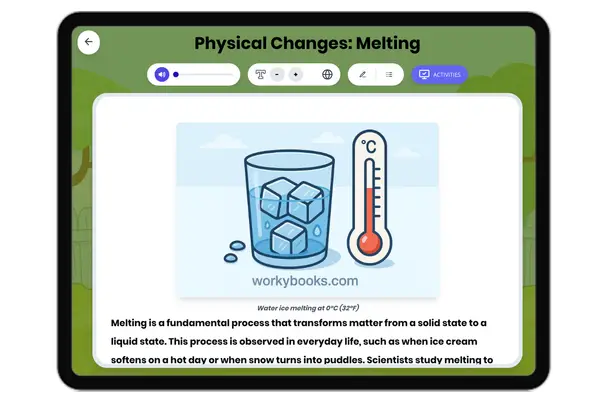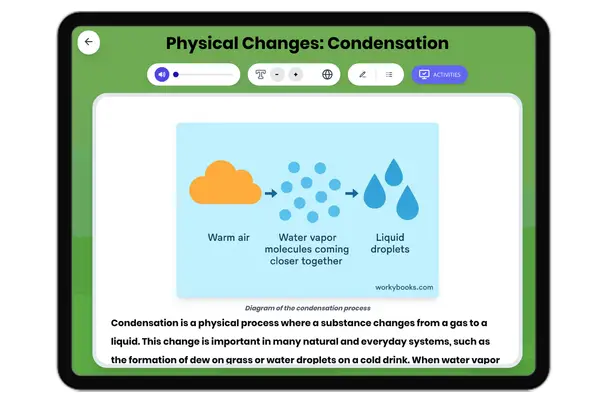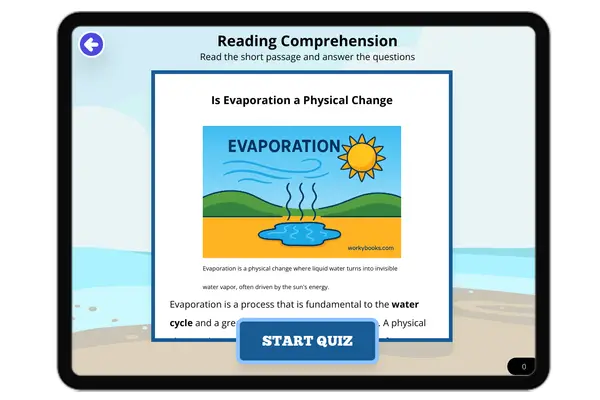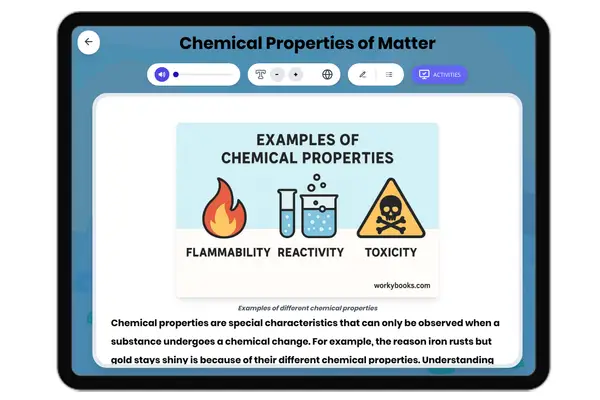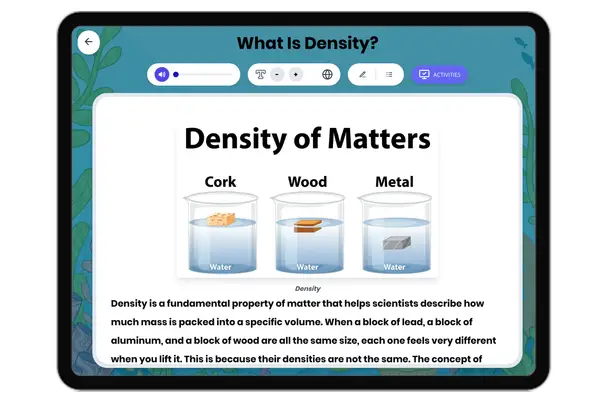What are Valence Electrons — Reading Comprehension
Premium Resource
Grades
- 3
- 4
- 5
- 6
- 7
- 8
PRINT+DIGITAL RESOURCE
This learning resource is available in interactive and printable formats. The interactive worksheet can be played online and assigned to students. The Printable PDF version can be downloaded and printed for completion by hand.
About This Reader
This science reading passage for middle school students delves into the concept of valence electrons, the outermost electrons of an atom. The text, written in a clear and engaging teacher's voice, explains how the number of valence electrons dictates an element's chemical properties and reactivity. It introduces core concepts like the octet rule, which explains why atoms seek stability by gaining, losing, or sharing these electrons to form chemical bonds. The passage also makes real-world connections, explaining how valence electrons are responsible for a material's electrical conductivity, using examples like copper and plastic. This content is aligned with NGSS standards related to the structure and properties of matter (MS-PS1-1) and aims to build a foundational understanding of atomic behavior for students. The accompanying multiple-choice questions assess students' comprehension of key vocabulary and their ability to apply these concepts to new scenarios.
Perfect For:
👩🏫 Teachers
- • Reading comprehension practice
- • Auto-graded assessments
- • Literacy skill development
👨👩👧👦 Parents
- • Reading practice at home
- • Comprehension improvement
- • Educational reading time
🏠 Homeschoolers
- • Reading curriculum support
- • Independent reading practice
- • Progress monitoring
Reading Features:
📖
Reading Passage
Engaging fiction or nonfiction text
❓
Comprehension Quiz
Auto-graded questions
📊
Instant Feedback
Immediate results and scoring
📄
Printable Version
Download for offline reading
🔊
Read Aloud
Voice-over with word highlighting



